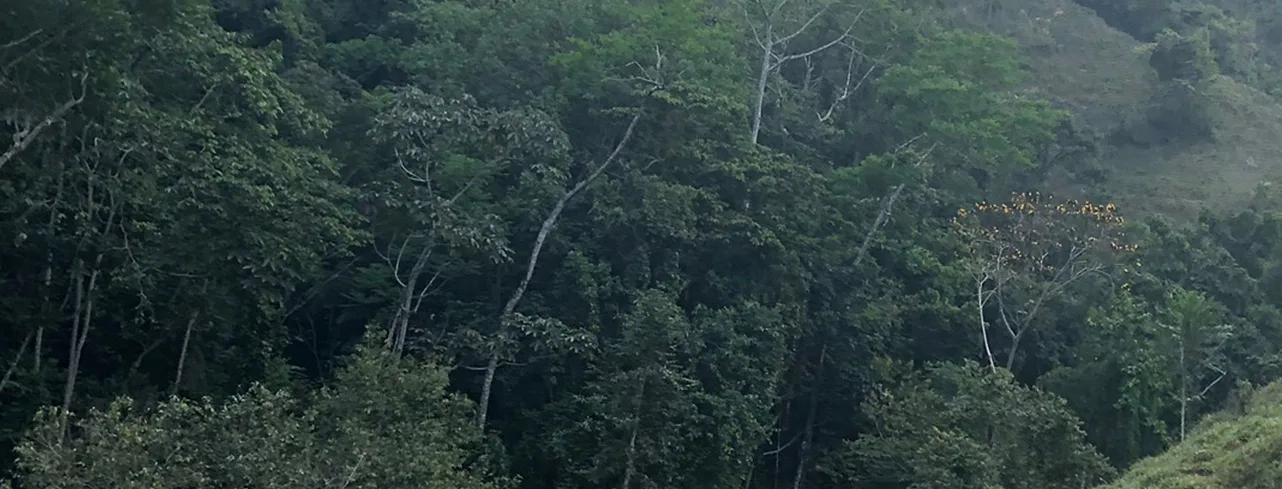Jagua fruit
The fundamentals
Produces shades:
Latin name: Genipa americana
Pigment: Genipin polymers
E-number: none
5 facts about jagua fruit
How jagua fruit is grown
Jagua trees are found in moist, lowland tropical areas usually under 100 meters (328 feet)in elevation. They are common next to Amazonian rivers as they tolerate flooding. They thrive best in slightly acidic soils and can also withstand dry periods of up to six months.
They grow to a height of 15-30 meters (50-100 feet) with a straight, smooth-barked trunk and a wide canopy of glossy, dark green leaves. Their blossoms are mainly pollinated by bees, after which the tree produces large edible berries about 9-15 cm (3-6 inches) long and 7-9 cm (2.5 – 3.5 inches) wide.
Jagua trees, also called genipap trees, start bearing fruit at five-six years and are productive for more than 20 years. They mainly grow wild but can also be grown in plantations.
Jagua harvest calendar and growing areas
Jagua can be harvested year-round, but the trees are most productive during the summer
Supporting local communities
In a region previously affected by drug trade, commercial production of jagua provides income to rural ethnic communities. Regular audits focus on safety during harvest and the prevention of child labor.
For a sustainable and healthy world
We source jagua fruit from GPS-tracked trees, guaranteeing supply chain traceability. Our fruit comes from sustainable use of Colombian biodiversity and follows The Ethical BioTrade (UEBT) standards. New plantations are mainly set up under carbon offsetting programs.
What you should know about genipin polymers from jagua
Oterra's stable, industry-leading formulations allow you to benefit from all of the advantages of huito as a natural food color while minimizing any intrinsic challenges associated with this fruit.
Jagua is naturally water soluble and is one of the few blue alternatives to spirulina. The pigment is a polymer, which means it is several molecules connected in a chain.
Genipin polymers are intricate molecular chains derived from the natural pigment found in jagua fruit. They represent a fascinating assemblage of molecules intricately linked together, forming a complex chain structure. These polymers, derived from genipin, possess unique properties, making them a noteworthy alternative to other pigments like spirulina, particularly due to their water solubility and striking blue hue.
Natural Strengths
Good heat stability
Light stable
Unaffected by pH
Natural Challenges
Limited markets have approved huito for natural food color

